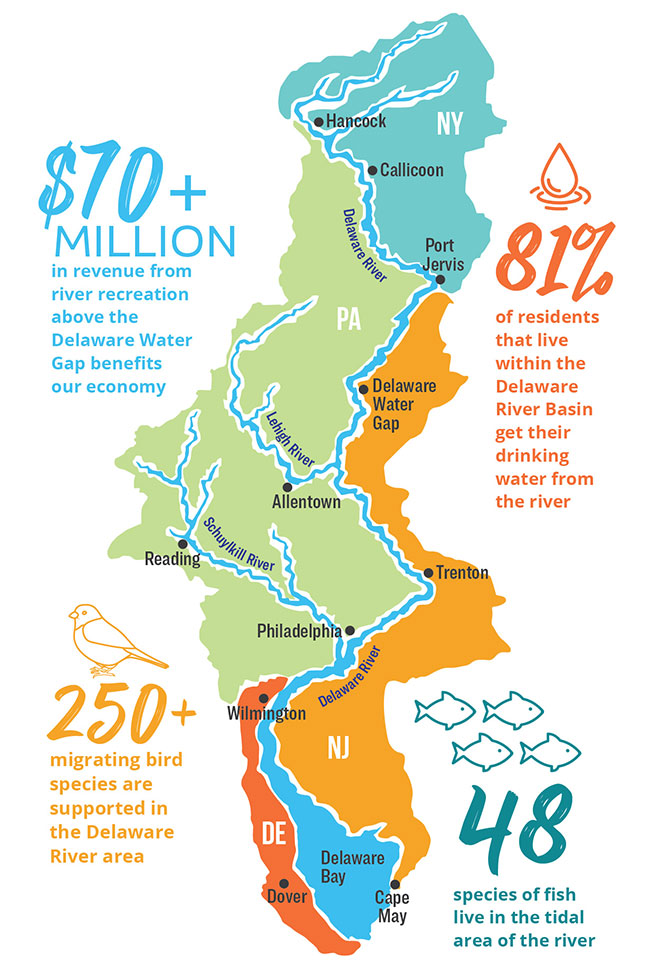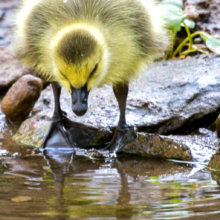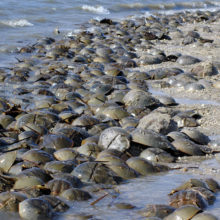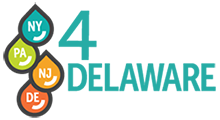More Than 15 Million People Drink the Delaware
Do you know where your water comes from? Chances are you are drinking water that came from your local river or stream. If your first reaction was to never drink water again, you aren’t alone, but that’s just the reason we need to do more to protect our water in the Delaware River watershed.
Every day people from Pennsylvania, New York, New Jersey, and Delaware – around five percent of the country – turn on their taps and expect clean water to come out. Families in Philadelphia, New York City, Trenton, Wilmington, and other cities, towns, and municipalities drink water from Delaware River watershed. They depend on public water utilities, their state agencies, and the federal government to protect their water, and, as we’ve seen in high-profile cases such as in Flint, Michigan that poorly managed water means trouble.

Clean drinking water is a public right, and with leadership from our governors we can keep our families safe.
An Unfinished Story of Clean Water
Drinking water comes from ground water, streams, rivers, and lakes. Protecting these drinking water sources is key to keeping our water safe. Small streams and wetlands are important to downstream water quality. As the Delaware River region drove the industrialization of America, the impact to water was evident. By the 1950s, the urban portion of the Delaware River was one of the most polluted stretches of river in the world. People in its tidal stretches were sickened simply by the smell of the water.
Through smart planning and policies like the Clean Water Act, the Delaware is a story of clean water direct to your tap. Coordinated action through such entities as the Delaware River Basin Commission helped clean up the river, and the most extensive municipal water system established for New York City means that the forested headwaters in the Catskills produces what is often called the “champagne of drinking water.”

Pepacton Reservoir, near Downsville Dam / Flickr – s58y
The Delaware is cleaner today than it’s been in years. It shows that when we work together we can make a difference, but the job’s not done.
Working together for our drinking water
As you travel down the Delaware over-development, runoff, and industrial pollution still causes many challenges for keeping our drinking water clean. For years, states and municipalities have worked to upgrade wastewater plants and reduce pollution from industrial facilities. Today, three-quarters of the pollution comes from runoff, ranging from too many nutrients from agriculture to legacy toxic substances being washed from the soils into the water.
Water flows downhill. What we do in our homes, yards, businesses, and communities has an effect on water quality. Each one of us can make a difference for the Delaware, but it starts with calling on our governors to take the lead.
Every one of our nearly 15 million people who drink the Delaware is another reason to stand up for our water.






